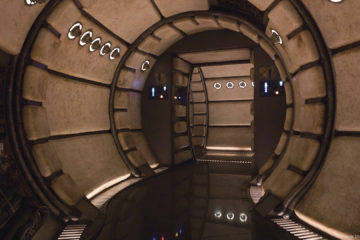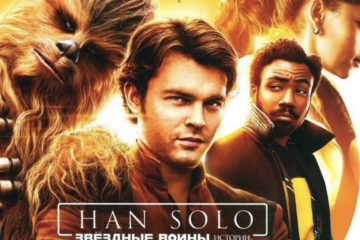Saw the sneak preview of CAPTAIN PHILLIPS last night. I liked it a lot, but this isn’t a review. I wanted to talk about a trend in editing that this movie exemplifies. The current trend in feature films is to be completely minimal with the wide shots/establishing shots, and then to get into and show mostly close ups. Combine that with the handheld camera work the entire film, and director Paul Greengrass has continued the style he cemented on the 2nd and 3rd BOURNE movies.  These days audiences need a lot less time on a shot to get a sense of the environment. In the deep past, around 100 years ago, close ups were not even a thought. No one thought the audiences would need or desire to see an actor’s eyes or face. They were paying for their whole body and expected to see it on screen. Thanks to pioneers in filmmaking and editing like D.W. Griffith, the close ups showed that audiences preferred “larger than life” images, that a good actor can convey so much more in a look, especially when the camera gets right up into it.
These days audiences need a lot less time on a shot to get a sense of the environment. In the deep past, around 100 years ago, close ups were not even a thought. No one thought the audiences would need or desire to see an actor’s eyes or face. They were paying for their whole body and expected to see it on screen. Thanks to pioneers in filmmaking and editing like D.W. Griffith, the close ups showed that audiences preferred “larger than life” images, that a good actor can convey so much more in a look, especially when the camera gets right up into it.
Editing creates a psychological reaction in the audience. What you show and how long you show it can help direct the viewers into whatever emotion the film tries to get to the core of. At the same time, there are mathematical patterns and rhythms in editing, like a dance. It seems it started with mostly wide shots and a few close ups to the now opposite close ups with very very short establishing shots.
 In CAPTAIN PHILLIPS, we only get extremely brief glimpses of the ship and the lifeboat before getting into neck to crown close ups. This was not jarring, although depending on the age of the viewer and having been raised on the older style of film editing, it might affect them differently. I think it worked, but it was probably 15% wider shots and 85% close ups, at least that’s how it felt as a viewer.
In CAPTAIN PHILLIPS, we only get extremely brief glimpses of the ship and the lifeboat before getting into neck to crown close ups. This was not jarring, although depending on the age of the viewer and having been raised on the older style of film editing, it might affect them differently. I think it worked, but it was probably 15% wider shots and 85% close ups, at least that’s how it felt as a viewer.
As movies evolve, so do viewer preferences. Technology helped drive this, as non-linear computer based editing allowed more cuts to be done much faster, as well as the creative aspects of having so much more footage at your fingertips, changed editing. Some said MTV or :30 second commercials drove this, as it did during the linear editing period of the 1980’s into the early 1990’s.
Once the computer entered the editing world full swing, it was like the difference between writing with a typewriter versus a word processor. If you wanted to make a change in the old way of writing/editing, you had to pretty much start over. Once in the computer, you can change your mind and change everything without destroying or changing anything else. Or UNDO and go back to a previous idea.
So in conclusion, I think this style is where editing is at today. Minimal establishing shots, mostly close up, way close up. Especially if you have a name star.


0 Comments